#TAKING NOTES
Explore tagged Tumblr posts
Text
hear me out cake but it’s the violin from tmagp 4
20 notes
·
View notes
Text
So, does anyone know things about Aeneas?
16 notes
·
View notes
Text
I may be pointing out something completely obvious, but Round 7 takes place immediately after Round 6?
Like immediately after.
Hyuna is still there, bleeding. Like it's so unlikely that Mizi and Hyuna have just been roaming for days. Like after round 6, it's been maybe a few hours at most?
My thoughts are a mess rn but damn that sucks for Till if that's true (not that it doesn't suck if it's not).
Ivan dies in front of him, then he has a change of outfit and immediately has to move onto the next Round. No wonder he looks so fatigued, like he's about to pass out at any moment.
Did he even get to eat or drink anything? I wouldn't be surprised if he didn't, but still.
#alien stage#alnst till#alnst round 7#alnst round 7 spoilers#alnst hyuna#alnst mizi#I will cry#Correct me if I'm wrong#alnst final#alien stage spoilers#alnst#vivinos#blink gone#also that might play a large part in why luka chose to impersonate Ivan#rather than mizi#i know ivan died and mizi didn't#but till doesn't know that#and luka didn't seem to expect to encounter mizi and hyuna at the end#specifically hyuna#This blond mf watching round 6#taking notes#update: just went back to round 6#it's probably an intricate system mizi and hyuna have to get through#and they're in a different place to where they were end of r6#but i don't see no food no water#it can't take them that long to get to where they are in r7#especially because there's already been an 'intruder alert'#anyways I'm trying to convince myself lol#tags getting long but let me continue rambling#Imagine being Ivan in heaven
2K notes
·
View notes
Text

GRIFTERS BONE
#grifters bone#the magnus protocol#the magnus archives#tma#tmagp#taking notes#i’ve never drawn/painted like this before#it looks a bit off#GRIFTERS BONE!!!!!!#saturn eats his son#the slaughter#tma podcast#tma fanart#tmagp fanart
3K notes
·
View notes
Text


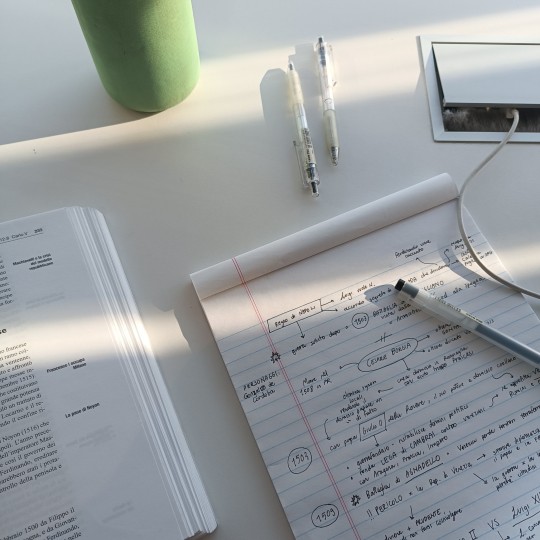

Always at my trustworthy local library 🌟📖
#studio#studyblr#study#studying#italian studyblr#books#notebook#agenda#students#student#notes#taking notes#winter study break#winter break#winter studying challenge#study time#study inspo#study session#study hard#study aesthetic#library#local libraries#bookstagram
2K notes
·
View notes
Text
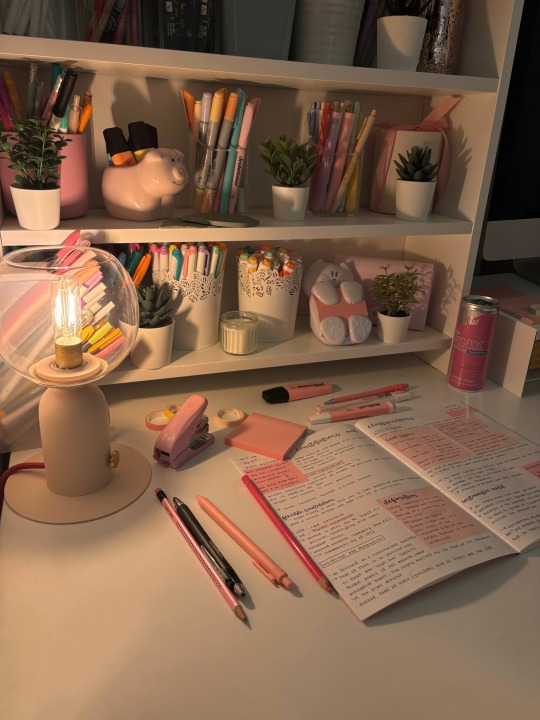
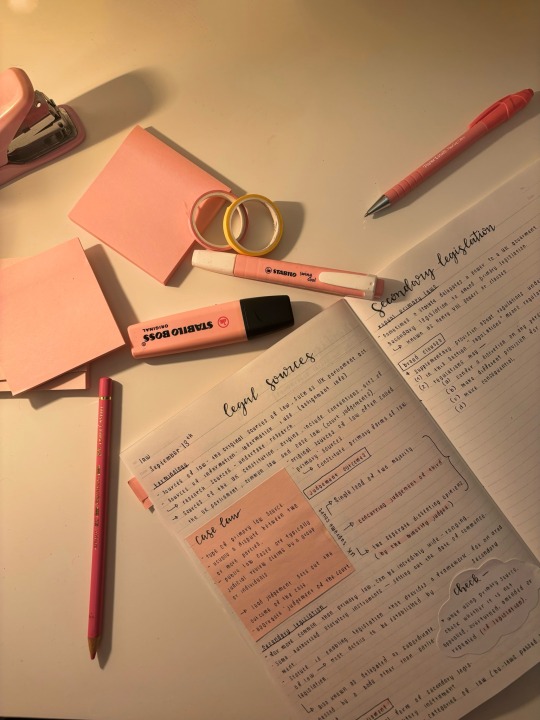
Monday september 16th - pre lecture notes 🤍💡
I hope everyone had the best summer, I am back with some notes in pink of course, I think I might have too many pens looking back at this 😅
#study aesthetic#study notes#aesthetic notes#taking notes#studygram#studying#studyblr#med school#stem academia#lawdegree#myhoneststudyblr#studyblr community#studyspo#study space#study desk#desk aesthetic#desksetup
445 notes
·
View notes
Text
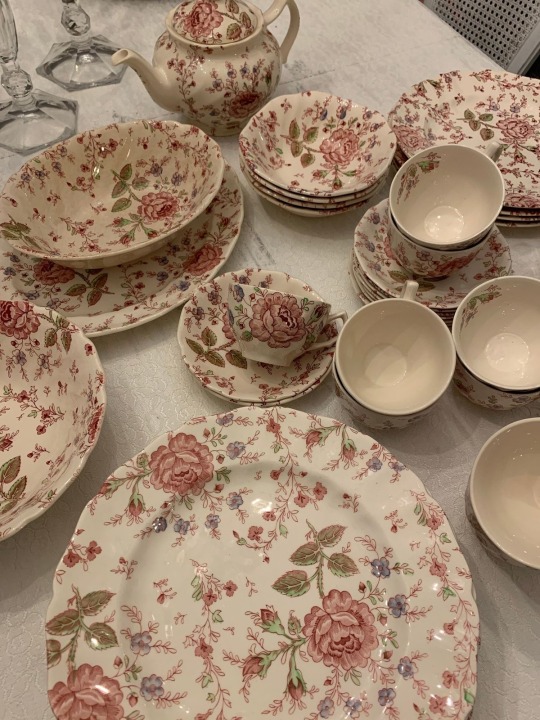
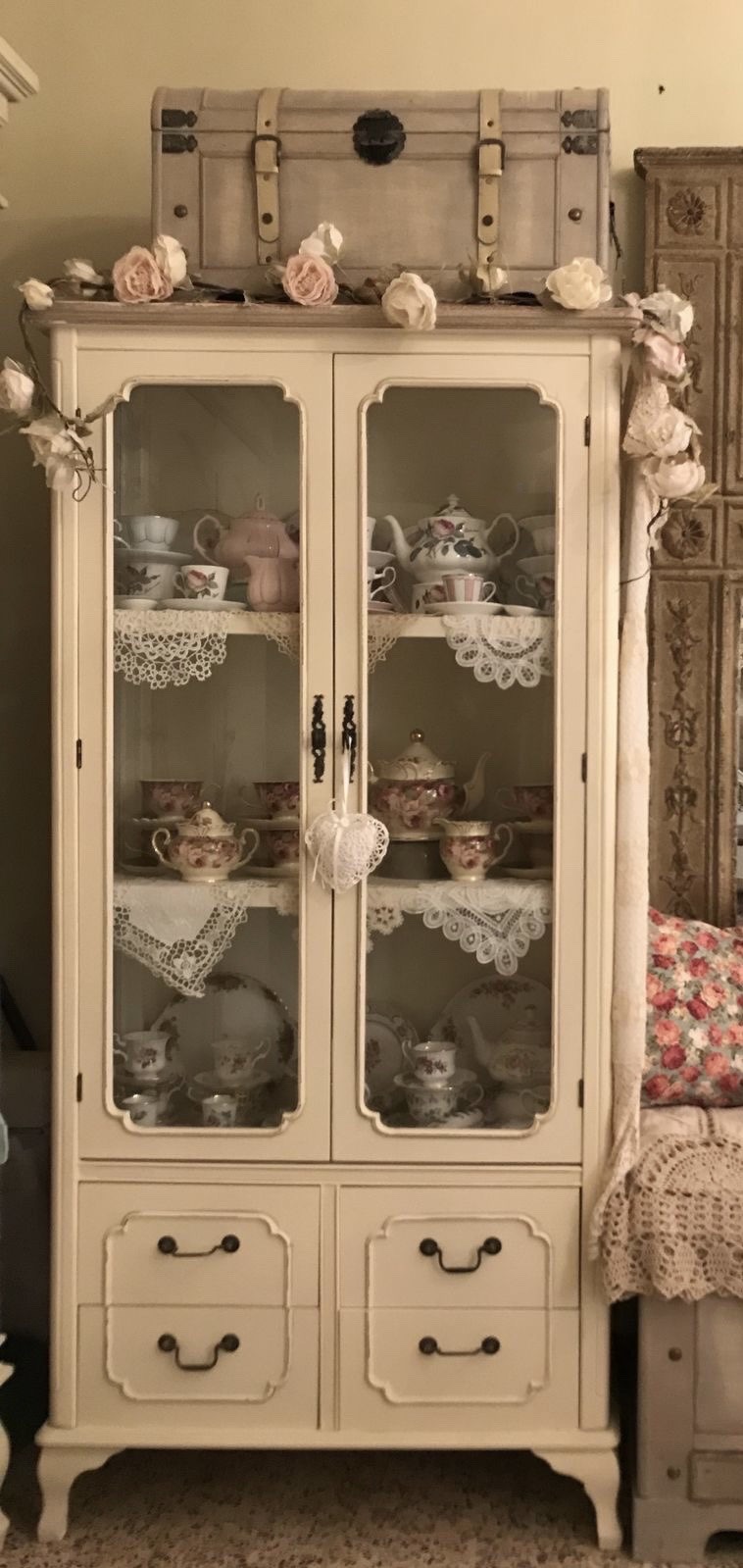
dainty & delicate
#taking notes#aesthetic#cottagecore#homedecor#cozycore#grandmacore#coquette#doll#dolly#cottage core#pink#house
756 notes
·
View notes
Text

Ash Crimson and Shingo Yabuki under The Northern Lights in King of Fighters XV
#Aurora Borealis#Northern Lights#The Northern Lights#King of Fighters#kofedit#The King of Fighters#KOF#KOF XV#Ash Crimson#Shingo Yabuki#My Gif#Gaming#gamingedit#LGBT#lgbtedit#Deer#Snow#Taking Notes#I am kinda into this pairing but also yeah#I love them
337 notes
·
View notes
Text
I saw a middle aged butch in public just now, the world is yet again just and beautiful
327 notes
·
View notes
Text
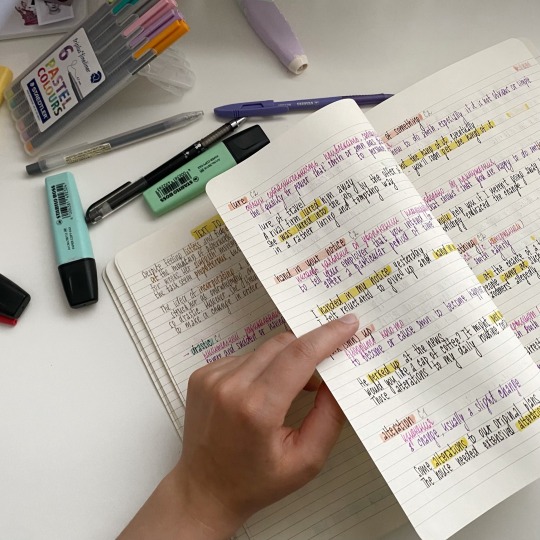
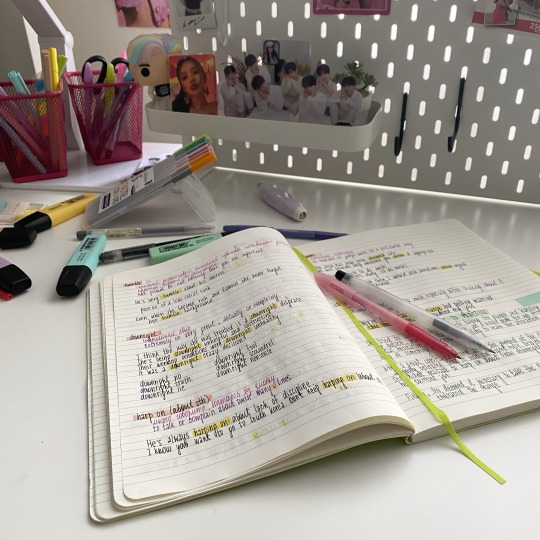


9 June 2024
Finally, I found time to study because I have two days off. I wish I can be able to study every day 🙏🏼📚
#medicine inside#studyblr#study with me#study hard#study time#study notes#study desk#desk setup#studying#study inspiration#paper notes#taking notes#my notes#study inspo#study session
252 notes
·
View notes
Text









unnamed ongoing collection 🤔🤔
91 notes
·
View notes
Text
Pov: TMAGP Ep 4

355 notes
·
View notes
Text
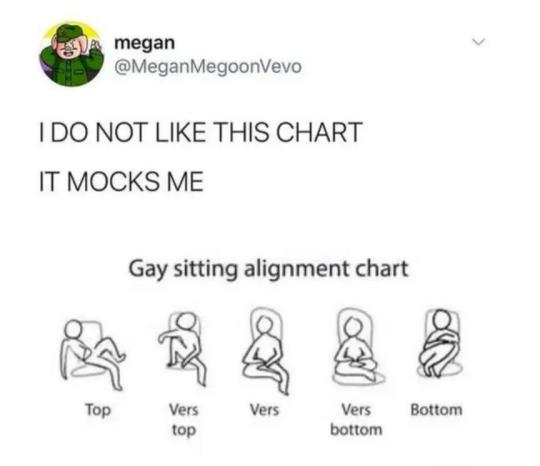

64 notes
·
View notes
Text
Guys I made a discovery!! (Spoilers for EP 4 and EP 9 of Protocol)
I’ve been re-listening to all the current protocol episodes with my grandma over spring break (me and her have been listening to tma together for 2 years) and I think I noticed something that I haven’t seen anywhere else. In episode 4 when Augustus is reading the statement about the hunger violin, the statement mentions a few things the stranger has in is sack along with said violin

When I heard gamblers dice be read my jaw dropped to the floor!! there is no doubt this stranger was carrying around the dice from episode 9: Rolling with it. Because of this tie-in I think this strange trinket man will be a recurring avatar. My guess is he will take a similar rolls as Salesa, dealing in cursed artifacts that were gifted power by the entities.
Just in case it comes back here’s a list of all the stuff mentioned to be in the Trinket man’s sack
Battered knives
Chipped porcelain
Fine jewelry (this one is kind of vague tbh )
Ivory figures
I’m guessing because the dice are mentioned with extra emphasis, we won’t see anymore of the for mentioned items but you never know
I think we all need to be on the watch for The Trinket Man
#augustus tmagp#the magnus protocol#tmagp#tmagp theory#freddy tmagp#tmagp spoilers#tmagp 4#tmagp 9#rolling with it#taking notes
132 notes
·
View notes
Text

important research being conducted
54 notes
·
View notes